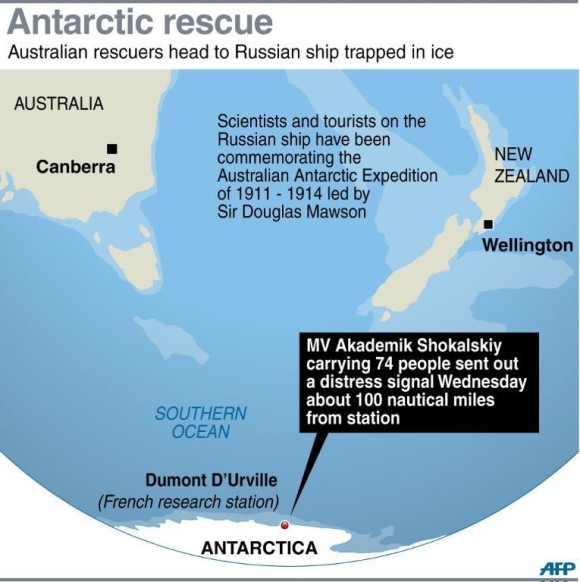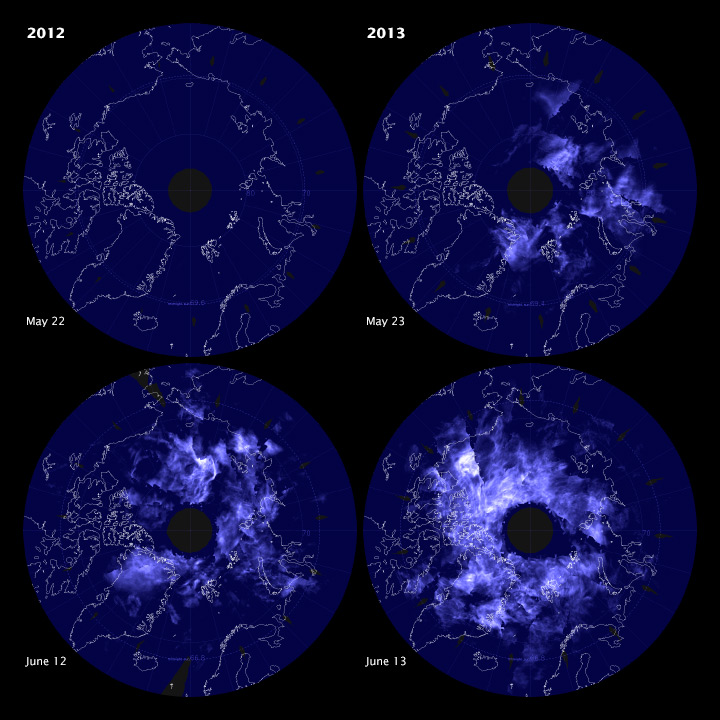Συρία: Οι Χριστιανοί δημιούργησαν Δυνάμεις Αυτοάμυνας
Η Ορθόδοξη Ένωση της Συρίας, ανακοίνωσε στις 27 Δεκεμβρίου 2013, το σχηματισμό μια ιδιωτικής πολιτοφυλακής- Δυνάμεων Αυτοάμυνας.
Η Ένωση σε ανακοίνωσή της τονίζει ότι η στρατιωτική οργάνωση θα αγωνίζεται εναντίον κάθε μορφής απειλής για τους Χριστιανούς στο έδαφος της Συρίας.
Η ίδρυση του αστυνομικού σχηματισμού καθώς και οι προθέσεις του ανακοινώθηκαν από τον εκπρόσωπο της Ένωσης, Μίλαντ Γεωργής στην Al-Sumaria News.
Το πρώτο τμήμα της χριστιανικής αυτοάμυνας αποτελείται, ήδη, από 300 άτομα- άνδρες και γυναίκες και η Ένωση ευελπιστεί ότι θα ενώσει τους εκπροσώπους όλων των χριστιανικών κοινοτήτων στην πολιτοφυλακή. Η ομάδα θα έχει πεδίο δράσης στην περιοχή Τζαζίρα.
Οι Χριστιανοί αποτελούν το 10,8 τοις εκατό του πληθυσμού της Συρίας. Οι περισσότεροι μιλούν αραβικά και ένα μέρος ομιλεί την αρμενική γλώσσα, γράφει το δημοσίευμα.
























